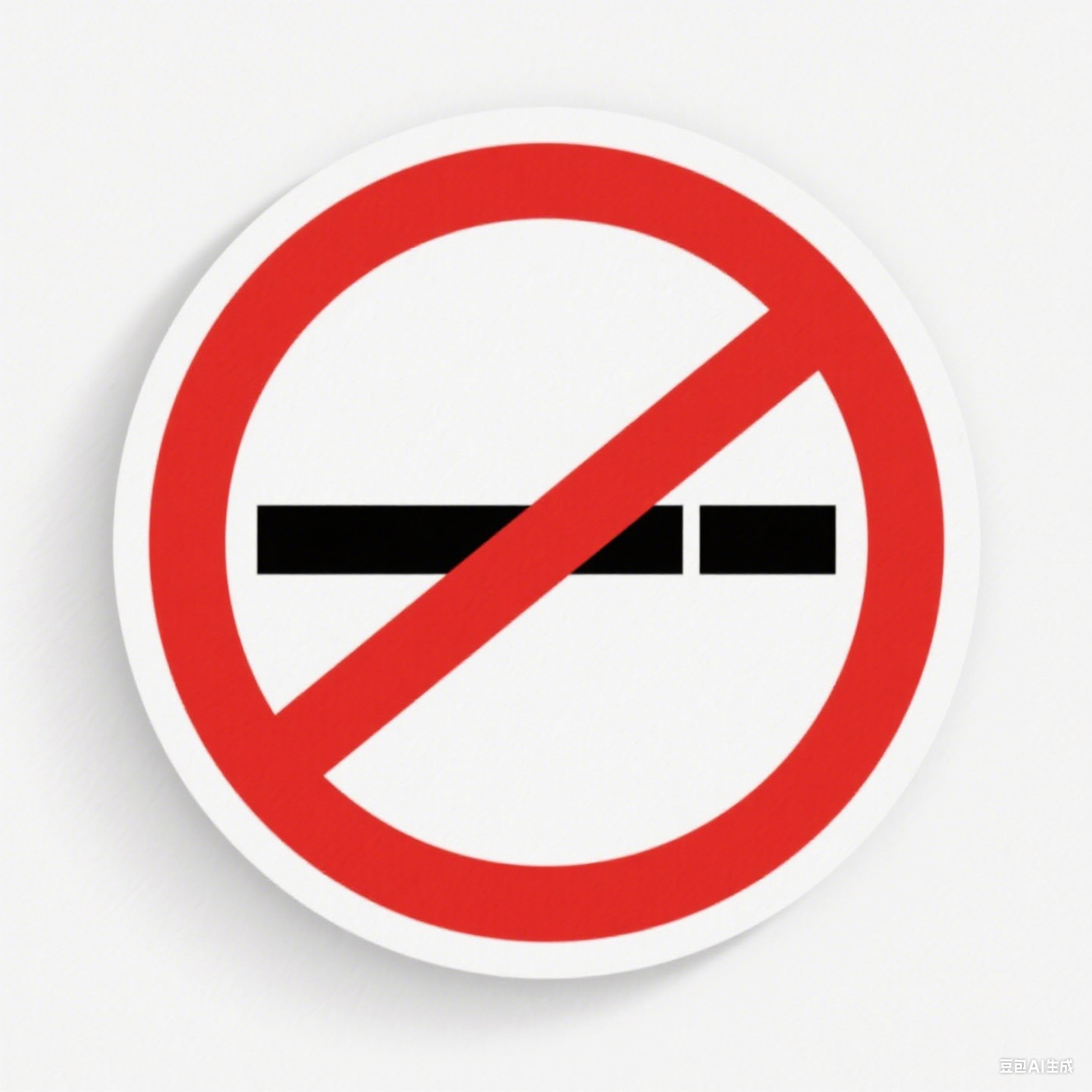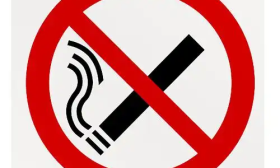The Unseen Danger: How Tobacco Use Elevates the Risk of Vitreous Hemorrhage in Diabetic Macular Edema
Living with diabetes requires constant vigilance. You're likely managing your blood sugar, watching your diet, and attending regular check-ups. But if you're a smoker, there's a critical, often overlooked danger that could threaten your vision: a significantly increased risk of a serious eye complication called vitreous hemorrhage, especially if you have diabetic macular edema (DME).
This connection isn't just a minor footnote in eye health; it's a powerful and direct link that can mean the difference between stable sight and a sudden, frightening vision loss. Understanding this relationship is the first and most crucial step in taking proactive control of your ocular health. This article will guide you through exactly how tobacco acts as a dangerous accelerant in the already complex landscape of diabetic eye disease, focusing on the pathway to vitreous bleeding.
Let's start by understanding the key players. Diabetic Macular Edema (DME) is a complication of diabetic retinopathy. In simple terms, consistently high blood sugar levels damage the tiny, delicate blood vessels in the retina, the light-sensitive tissue at the back of your eye. These weakened vessels begin to leak fluid and blood, and when this leakage occurs in the macula—the central part of the retina responsible for sharp, detailed vision—it causes swelling, or edema. This is DME, and it directly blurs your central vision, making tasks like reading and recognizing faces difficult.

Now, where does vitreous hemorrhage come in? The vitreous is a clear, gel-like substance that fills the center of your eye, helping it maintain a round shape. As diabetic retinopathy progresses, the damaged retinal blood vessels aren't just leaky; they also become fragile and can close off, leading to retinal ischemia—a lack of oxygen. In a desperate attempt to feed the oxygen-starved retina, the eye grows new, abnormal blood vessels. This process is called neovascularization. Unfortunately, these new vessels are fundamentally flawed. They are weak, brittle, and prone to tearing. When they rupture, they bleed directly into the clear vitreous gel. This event is a vitreous hemorrhage.
Think of the vitreous as a crystal-clear swimming pool. A vitreous hemorrhage is like someone spilling a large amount of ink into it. The clear gel becomes clouded with blood, blocking light from reaching the retina. The symptoms are sudden and alarming: you might see a shower of floaters, numerous dark spots, cobwebs, or in severe cases, a complete curtain of darkness falling over your vision. While some small bleeds might clear on their own, a significant hemorrhage can cause profound and lasting vision loss and is considered a medical emergency.
This is where tobacco enters the picture, dramatically worsening the entire situation. Smoking, or using any form of tobacco, doesn't just slightly increase your risk; it actively fuels the fires of diabetic eye damage through several interconnected biological mechanisms.
Firstly, tobacco smoke contains thousands of chemicals, including carbon monoxide and nicotine, which are profoundly damaging to your vascular system. For someone with diabetes, whose blood vessels are already under assault from high glucose levels, smoking delivers a second, powerful blow. It accelerates vascular endothelial dysfunction. This means it damages the inner lining (endothelium) of your blood vessels, making them less flexible, more inflamed, and more susceptible to the kind of damage that leads to leakage in DME. It's a classic case of a double jeopardy for your retinal blood vessels.
Secondly, and perhaps most critically for the risk of vitreous bleeding, tobacco use severely worsens retinal ischemia. The carbon monoxide in smoke binds to hemoglobin in your red blood cells much more effectively than oxygen does. This drastically reduces the amount of oxygen delivered to all your tissues, including the already vulnerable retina. This heightened state of oxygen starvation is the primary signal that triggers the growth of those abnormal, fragile new blood vessels (neovascularization). Therefore, by smoking, you are essentially sending a powerful message to your eyes to "grow more of those dangerous, weak vessels," directly increasing the source of vitreous hemorrhage.
Furthermore, many of the toxins in tobacco smoke are pro-inflammatory and pro-oxidative. They increase the levels of inflammatory markers and oxidative stress throughout your body. In the context of DME, this heightened inflammatory state exacerbates the breakdown of the blood-retina barrier, making the existing macular edema worse and creating an environment where vessels are more likely to proliferate abnormally and then rupture.
The combined impact of these factors—increased vessel damage, severe retinal hypoxia, and heightened inflammation—creates a perfect storm. For a person with DME, tobacco use transforms a manageable condition into a high-risk situation. It accelerates the progression from non-proliferative diabetic retinopathy (where there is initial damage) to the more advanced proliferative diabetic retinopathy (where those abnormal, bleed-prone vessels grow), thereby directly elevating the specific risk of experiencing a sudden vitreous hemorrhage.
The good news in this sobering scenario is that this is one of the most significant risk factors that is entirely within your control. You cannot change your genetic predisposition or your age, but you can choose to quit tobacco. The benefits of smoking cessation for diabetic eye health are rapid and substantial. Studies have consistently shown that quitting smoking leads to a marked improvement in microvascular health. The inflammatory state begins to subside, the constant hypoxic stress on the retina is reduced, and the drive for abnormal blood vessel growth diminishes. This doesn't just lower your risk of a future vitreous hemorrhage; it can also help stabilize existing DME, making treatments more effective.
Managing your overall diabetes remains the cornerstone of prevention. This includes meticulous blood sugar control, managing blood pressure and cholesterol levels, maintaining a healthy weight, and attending all scheduled diabetic eye screening appointments. These dilated eye exams are vital because an ophthalmologist can detect the signs of neovascularization long before you experience a bleed, allowing for preemptive treatment with laser therapy or injections of anti-VEGF medication, which can cause the abnormal vessels to regress.
In conclusion, the link between tobacco use and an elevated risk of vitreous hemorrhage in diabetic macular edema is undeniable and mechanistically clear. Tobacco acts as a potent force multiplier, accelerating the very processes that lead to catastrophic vision loss. If you have diabetes and use tobacco, quitting is not just a general health recommendation; it is one of the most powerful, direct, and impactful actions you can take to protect your sight. By understanding this connection and taking proactive steps, you empower yourself to break the chain of events that leads from a cigarette to a clouded vitreous, ensuring a clearer, brighter visual future. Your vision is precious; protecting it from this preventable danger is within your reach.











